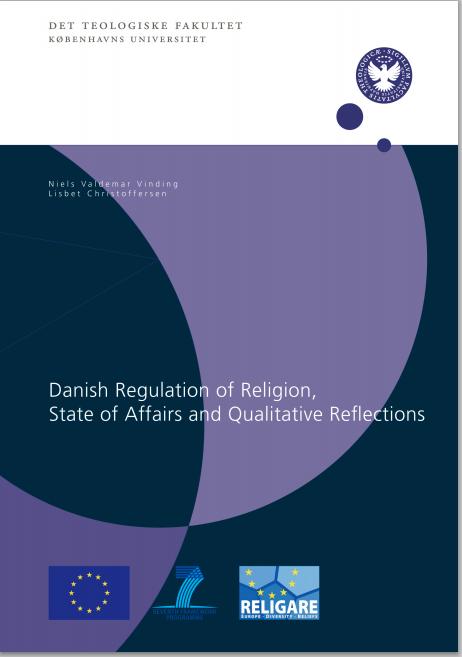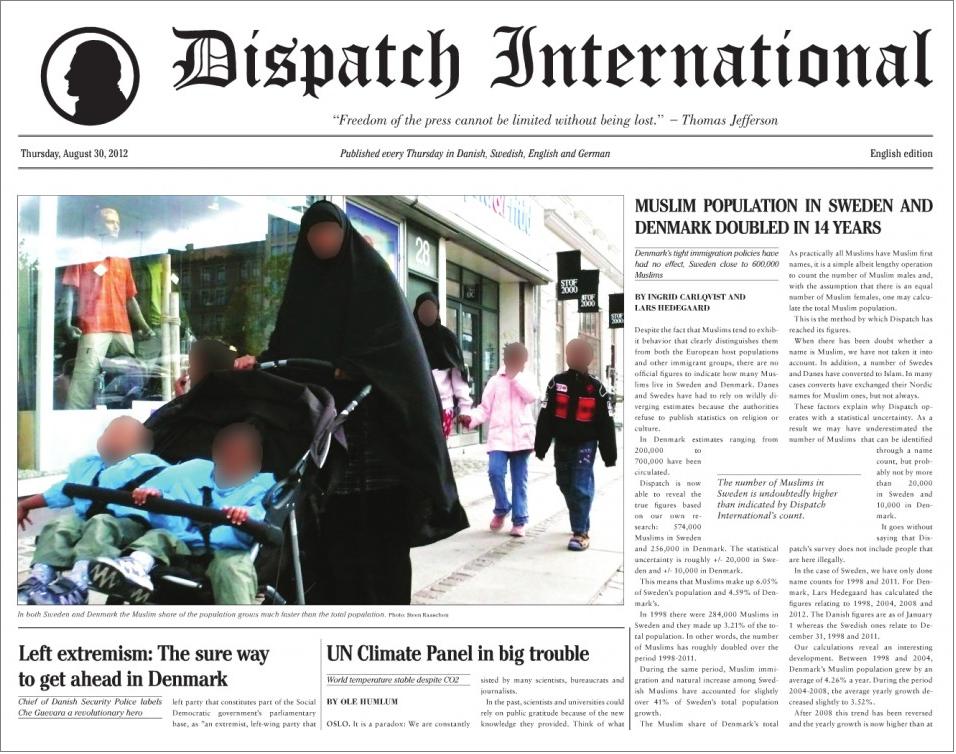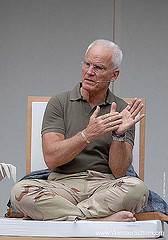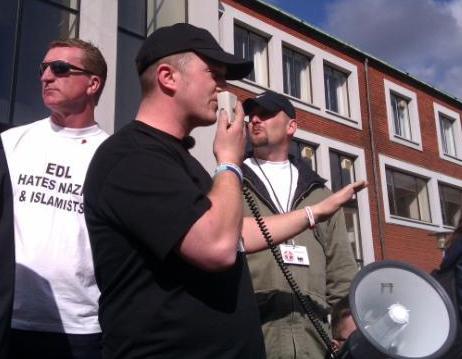 Ramadan dinners in the Danish Parliament, staff parties without either pork or alcohol and prayer rooms at the airport are all examples of how religion is becoming more visible in public spaces.
Ramadan dinners in the Danish Parliament, staff parties without either pork or alcohol and prayer rooms at the airport are all examples of how religion is becoming more visible in public spaces.
“Prior to the mass migration of the ’60s, ’70s and ’80s, almost all Danes shared similar values and were members of the national Christian church, so religion was not an issue in everyday life. There was no need to discuss neither one’s own nor another person’s religious viewpoint, and secularisation was a matter of course. Today, it is difficult to be in a public place, read the newspaper, or go to school or work without encountering religious expressions and symbols,” says Niels Valdemar Vinding, a PhD student from the Centre for European Islamic Thought at University of Copenhagen and co-author of a recently published report from the European research project RELIGARE that examines religious diversity and secular models in Europe.
“Everywhere in Europe it is clear that the concept of secularism, where religion remains a private matter, is under pressure. Everything suggests that in the future religious organisations will have more influence on schools, workplaces and the media. This means that both private and public institutions will be dealing with religion more often,” explains Vinding.
Continue reading →




